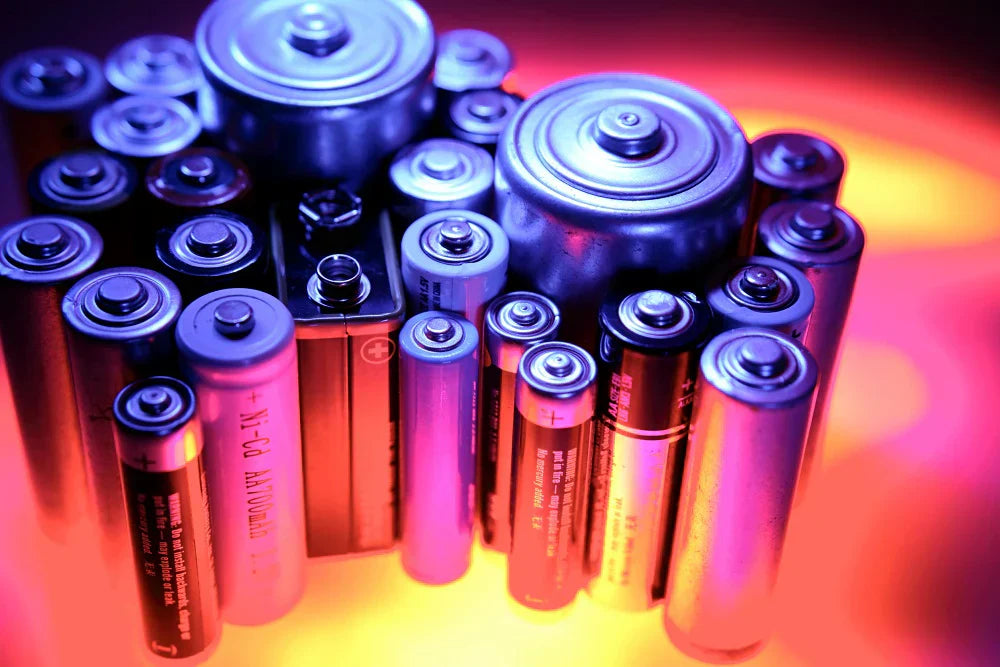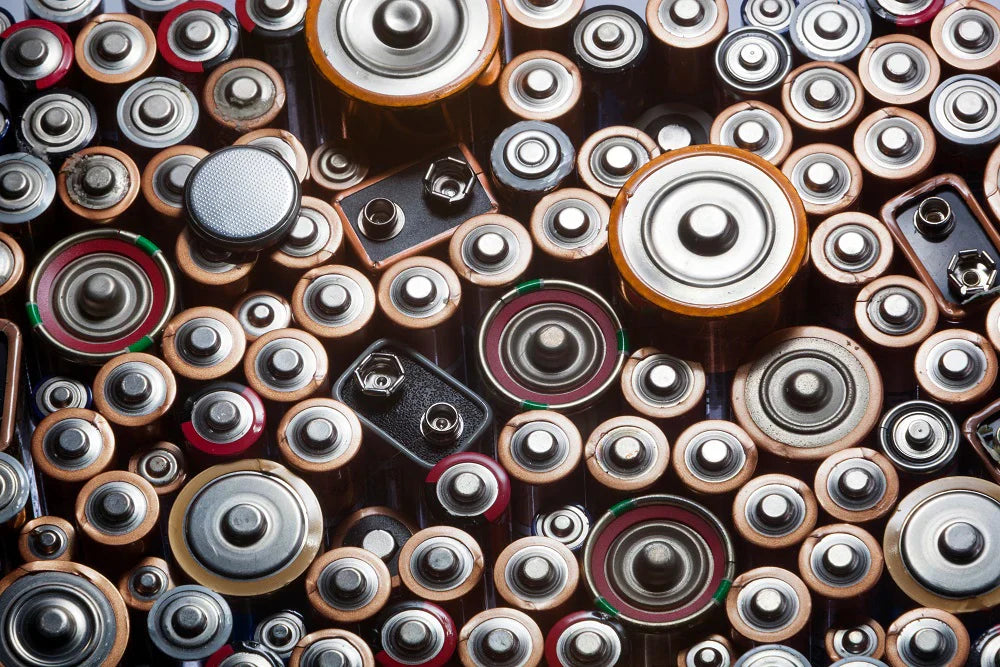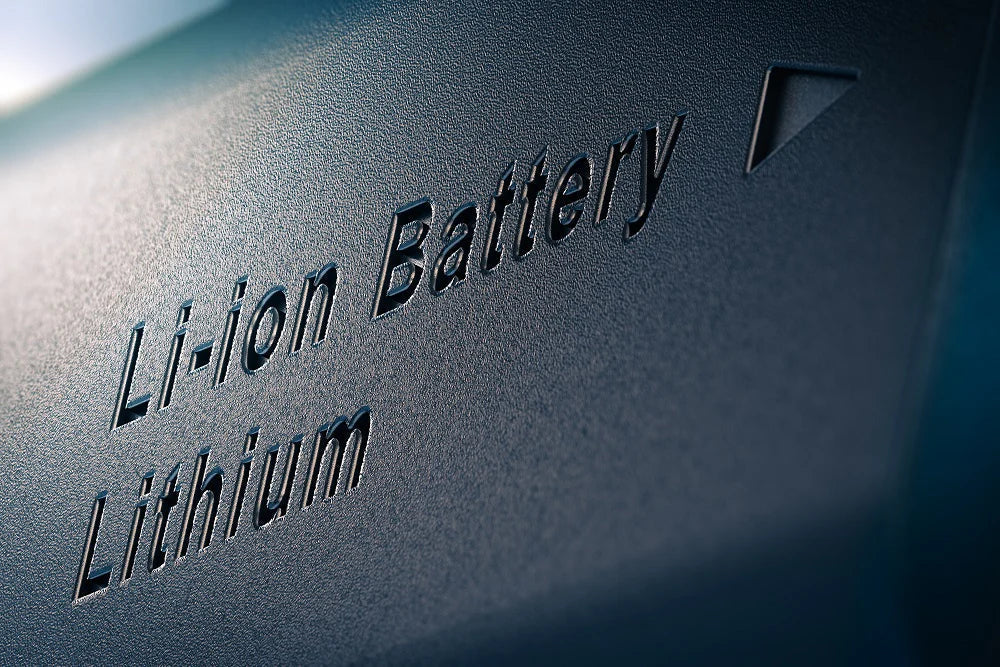Batteries: Both Literal and Figurative Power Sources

If you had to define a battery, how would you do it? Batteries can be defined scientifically as structures that hold potential energy. They give us literal power to run electronic and electric devices. But batteries also represent figurative power to some degree. For example, batteries are empowering to people as they represent the power to be mobile.
With USB-C rechargeable batteries in consumer form factors now hitting the market, we thought it might be interesting to take a brief look at what they represent in terms of literal and figurative power. It goes without saying that the world would be a much different place without batteries.
Power In Your Hands
For the purposes of this post, there are two types of batteries: consumer and industrial batteries. Consumer batteries are the ones you can hold in your hands. They include popular form factors like A, AA, AAA, C, D and 9V. Industrial batteries are the batteries that power lawn mowers, golf carts, electric cars, etc.
The consumer battery powers everything from flashlights to children's toys. But stop and think about the biggest impact it has had on modern culture. The most important battery-powered device in the world is arguably the cell phone (although my Walkman was pretty awesome back in the day). Imagine what your daily life would be like without one.
Consumer batteries have also made inventions like the laptop computer and tablet possible. They are responsible for the remote control you use to manipulate your TV and stereo system. Batteries are such an important part of modern life that trying to imagine living without them is very difficult. There is no going back it seems.
The Power of Portability
A USB-C rechargeable battery from Paleblue is literal power in your hands. But figuratively speaking, it is also the power of portability and convenience. Chew on that for just a minute. The dual concepts of battery power and portability go hand in hand. There is no point in having one without the other.
If portability were not so important, there would be no need to develop consumer batteries. We have consumer batteries because we want devices that we can use without plugging them into a wall outlet. That takes us right back to the phone.
From Cordless to Cell
Long before there were cell phones, we relied on landlines. The first landline telephones were plugged into wall outlets that carried both the audio signal and electricity, similar to how USB works. But in the 1980s, companies began making cordless phones. A cordless phone was a portable phone that connected to a base station via FM radio signals. Those early cordless phones were the precursor to modern cell phones.
A cordless phone handset usually ran on AA batteries. It is not a coincidence that the very first cell phone also ran on AA batteries. These days, cell phone manufactures utilize their own proprietary form factors in order to build batteries around whatever limited space they might have inside a phone case.
Regardless, it is the lithium-ion battery that makes the cell phone portable. Modern cell phones are miniature computers. They would never function well enough on disposable alkaline batteries to be worthwhile. And even if manufacturers did make models that ran with alkaline batteries, most of us would kill a set of batteries in one day.
Batteries are literal power in our hands. But they also represent the power to be mobile. They eliminate the need to draw electricity by plugging a device into a wall outlet. No longer being connected to outlets is power in itself. Batteries give us the opportunity to unplug. They afford the opportunity to move around. If that doesn't get your mind racing, try imagining a world without batteries. Can you?
- Tags: Convenience Sustainability







